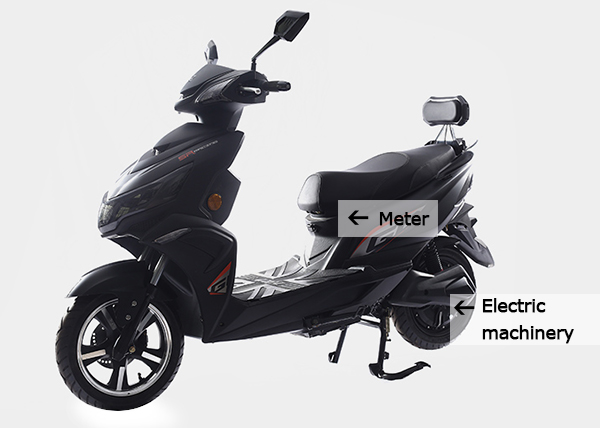1. It should be fully charged before use. Newly purchas […]
1. It should be fully charged before use. Newly purchased electric bicycle should be fully charged before use. Because many electric bicycle have been stored in stores for several months, or even more than half a year, they must be fully charged before using them. It is best not to use them immediately after fully charged. They need to be left for about ten minutes.
2. The battery should be installed firmly on the electric bicycle. Remove the battery for charging. When installing, install the battery on the electric bicycle firmly to prevent the battery from being damaged by vibration during riding. Do not drop, roll over, or press the battery during transportation.
3. Keep the battery dry and clean. Frequently remove dust and dirt on the battery cover, and keep the battery dry and clean to prevent the battery from discharging itself.
4. Develop a good habit of charging the battery every night. Never leave the battery in a state of insufficient power for a long time, and develop a good habit of charging the battery every night. If it is not used for a long time, it should be fully charged, placed in a cool and dry place, and charged regularly, usually 10 days.
5. Just start with a pedal. When the electric bicycle is started, use the pedal. If there is no pedal, you can use the foot to push the ground to help start. When going uphill, use the pedal to help the electric bicycle go uphill to avoid excessive discharge current and damage the battery.
6. Don't let the battery over-discharge, do shallow discharge and frequent charging. When riding, be careful not to over-discharge the battery. After the battery is discharged to the end voltage, continuing to discharge is called over-discharge. Over-discharge can easily cause serious battery loss, which greatly shortens its service life. Therefore, when the battery is in use, avoid deep discharge as much as possible, and perform shallow discharge and frequent charging. Generally, it should be done. It is best to charge the battery once when the discharge depth is 50%. Electric bicycles are generally equipped with under-voltage protection. When only one indicator light on the battery level indicator is on, you should turn off the power, use the pedal, and try to charge the battery as quickly as possible to avoid over-discharge of the battery.
7. Do not open the lock for a long time when the battery is discharged, and turn it off immediately when not in use. The internal resistance is large at the end voltage, and the electrolyte concentration is very thin, especially the plate hole and surface are almost neutral. The internal resistance tends to heat up during over-discharge, and the volume expands. When the discharge current is large, obvious heat even occurs. Heat and deformation. At this time, the concentration of lead sulfate is particularly high, and the possibility of survival of the crystal branch short circuit increases. Moreover, at this time, lead sulfate will crystallize into larger particles, that is, irreversible sulfation, which will further increase the internal resistance and the charge recovery ability Poor, even beyond repair. When the battery is in use, it should be prevented from over-discharge, and “under-voltage protection” is a very effective measure. In addition, because the "undervoltage protection" of electric vehicles is controlled by the controller, other devices outside the controller, such as voltmeters, indicator lights and other power-consuming appliances, are directly powered by the battery, and the power supply is generally not controlled. Controlled by the electric vehicle, the electric vehicle lock switch starts to use electricity once it is closed. Although the current is small, overdischarge will occur if it is discharged for a long time for 1-2 weeks. Therefore, do not open the lock for a long time, and turn it off immediately when not in use.
8. Avoid overcharging. When the charger shows that it is fully charged, it stops charging, and it can't be charged overnight or even several days. Overcharging will cause the active material of the plate to harden and fall off, and cause water loss and battery deformation. The storage battery runs in high temperature seasons, and there is mainly an overcharge problem. Therefore, in summer, the battery temperature should be reduced as much as possible to ensure good heat dissipation, to prevent charging immediately after exposure to the sun, and keep away from heat sources. Avoid overcharging. In addition, the charger parameters should be selected to be well matched with the battery, and the operating conditions of the battery in the high-temperature season and the changes during the entire service life should be fully understood. Do not place the battery in an overheated environment during use, especially away from heat sources when charging. Cooling measures should be taken after the battery is heated, and the battery can be charged only when the battery temperature returns to normal. The installation position of the battery should be as good as possible to ensure good heat dissipation. If overheating is found, stop charging and check the charger and battery. When the battery discharge depth is shallow or the ambient temperature is high, the charging time should be shortened.

Zhejiang Hangpai Electric Technology Co., Ltd.